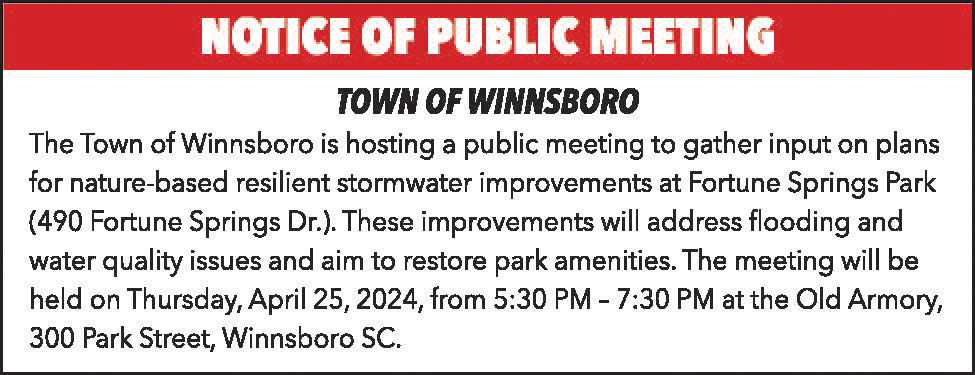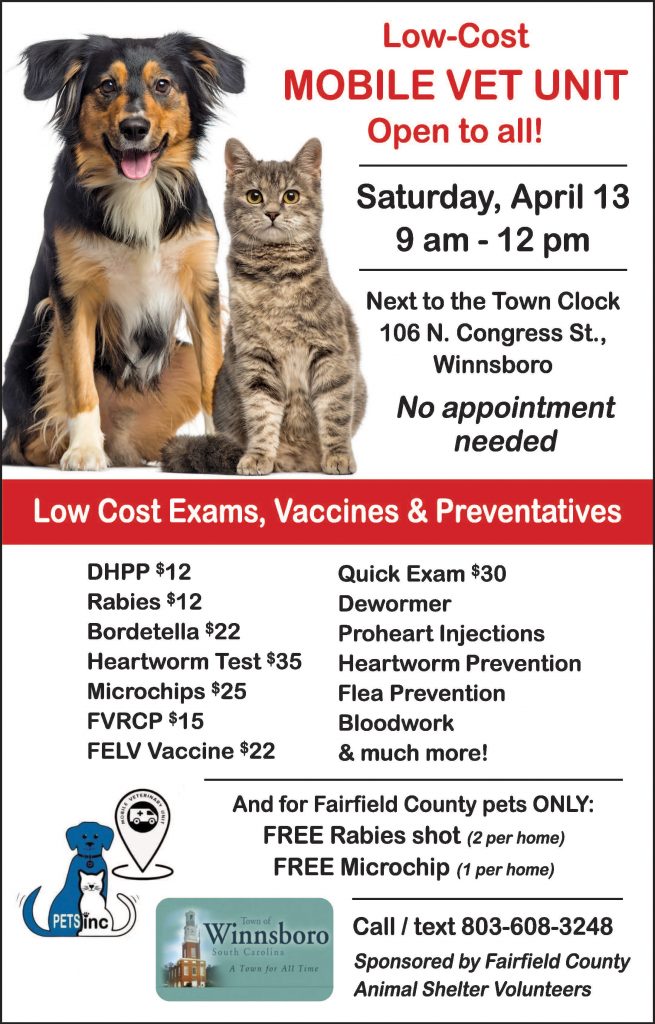FAIRFIELD – County Council held a public hearing and passed second reading on an ordinance Monday night to amend the County’s formula for assigning priority for paving roads.
During a May 6 work session, Bill Coleman, Chairman of the County Transportation Committee, presented Council with the new formula for determining which roads will get the tar in years to come.
“I, myself, have driven these roads and wondered how (priority) points were allotted,” Coleman said. “Our current formula has faults.”
Under the proposed formula, roads will be issued priority points based on the number of residences per road (2 points each), the number of churches per road (2 points each), whether or not a road is considered a thruway (5 points) and on density (residences per mile).
A residence is defined as a permanent dwelling-house or a fixed mobile home, Coleman said. Travel trailers and RV’s, which had been included in the current formula, are no longer considered residences. Houses used as vacation homes or part-time, seasonal residences would be considered, Coleman said.
Determining density is a little more complicated, but Coleman said it begins by converting miles into feet (1 mile = 5,280 feet). For example, Coleman said, if a road is 1,000-feet long and has five residences, first divide 1,000 (length of road) by 5,280 (feet in a mile) to get .189 (length of the road in miles – in other words, a road 1,000-feet long is .189 miles long). Then, divide the number of residences (5) by the length of the road in miles (.189) to get the points for density (24.46).
An actual example cited by Coleman is Palmetto Road, which is 620-feet long and has seven residences (14 points), no churches (0 points) and is not a thruway (0 points). Its density is 620 feet divided by 5,280 (feet in a mile) to get .117 miles. Seven residences divided by .117 = 59.82 points. Add that to the 14 points Palmetto Road gets for its total residences, and it is assigned 73.82 priority points.
During the public hearing, Val Green suggested that the ordinance may be somewhat vague in its definition of what constitutes a “County road.” Council Chairman David Ferguson (District 5) asked administration to research that definition prior to final reading, which is slated for Council’s next meeting on June 24.
Council also OK’d first reading of an ordinance shifting full responsibility for the removal of derelict of abandoned mobile homes to the owner of the land upon which those homes sit. The new ordinance revises Ordinance 541, which Dan Vismore said during Council’s May 13 meeting places the County in a Catch-22.
Ordinance 541, the consultant said last month, places the onus for removing an abandoned or derelict mobile home on either the land owner or the “local official;” i.e., the County. Vismore said that in many cases, the County has found that the owner of such a mobile home has abandoned not only the home, but the county as well, making it difficult to pin down responsibility for removing the home.
“That means that either the County is going to have to remove that mobile home, or we’ve got to place full and sole responsibility on the land owner that is housing that derelict mobile home,” Vismore said in May.
During the May 13 meeting, Councilwoman Carolyn Robinson (District 2) said there may be some difficulty in implementing the amendment, particularly when it comes to searching out and locating a legal title for abandoned mobile homes. And a legal title, she said, was required before any such home could be moved or even torn down. Monday night, Robinson was still not entirely satisfied with the wording of the ordinance, and said there may be state laws that supersede it. Ferguson asked the County attorney, John James, to research the state laws before second reading on June 24.










